Why does a garden need a library?
A unique repository of horticultural and botanical knowledge since its beginning in 1852, the Daniel Solander Library holds a wealth of information from some of the earliest botanical publications up to the latest cutting edge research. It belongs to a network of scientific knowledge shared across the globe. But who was Daniel Solander? And what other treasures does the library hold?
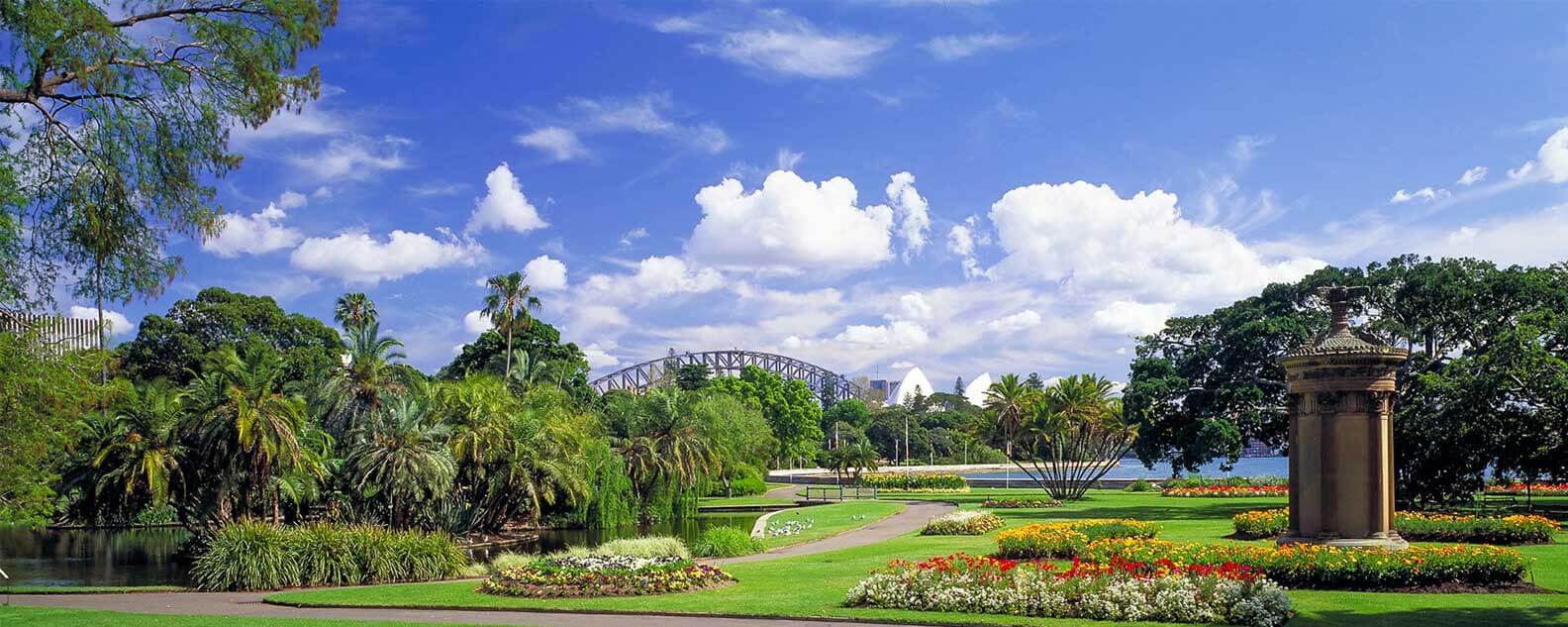
The Royal Botanic Garden Sydney was established to not only present the botanical wealth known to the people of New South Wales and Australia at the time, it was there to do a much more profound work. This was to educate people on the plant species of Australia, to identify them, to make note of their current use by the Aboriginal people and investigate their potential uses medicinally, culinarily or even industrially. The Garden didn’t operate in isolation; it was (and still is) in constant communication with other botanic gardens around the world and with botanists working on cutting edge science.
Today, the Daniel Solander Library has the task of maintaining our historical collections as well as keeping them up to date with the latest research and publications. To that end, the Library is embracing digital technological advancements in order to make both journals and books, both old and new, available to online users. Collaboration with existing external open access libraries such as the Biodiversity Heritage Library, which has an international digital repository of natural history documents, is certainly on the cards for the future.
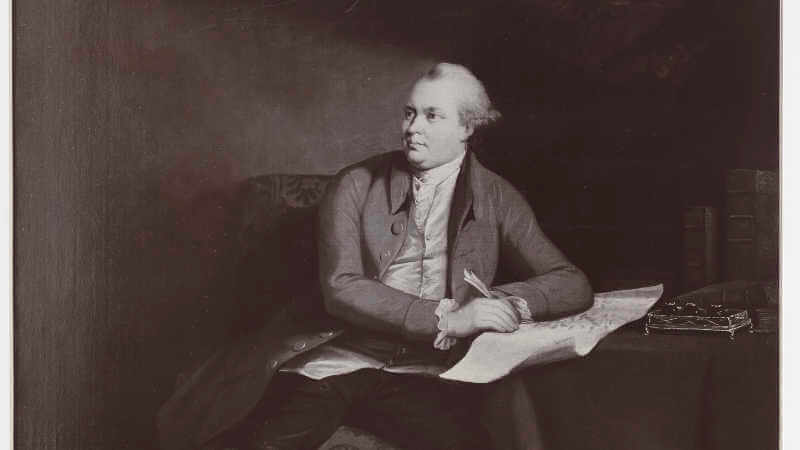
Who was Daniel Solander?
Daniel Carlsson Solander (19 February 1733 – 13 May 1782) was a Swedish naturalist and a student of Carolus Linnaeus, the creator of the modern system of scientific naming of organisms. Solander was the first university-educated scientist to set foot on Australian soil and was the assistant and close friend of Sir Joseph Banks, the naturalist in Cook’s first voyage to the Pacific and the driving force behind British science in the late 18th and early 19th centuries.
Banks and Solander were the botanists who inspired the name Botany Bay for the first landing place of Cook's expedition in Australia in 1770. Solander also helped make and describe the important collection of Australian plants gathered from Australia. Solander’s return from Cook’s voyage secured his place as the first Swede to circle the globe.
Solander, despite the tremendous amount of work he did both on the Cook expedition and in describing Australian species, is little known today except in the botanical world. Though copious, his works were never published due to his premature death – possibly from a heart attack.
However, Solander’s name lives on in the book-form box known as the Solander box, which is still used in libraries, archives and museums today as the most suitable way of storing prints, drawings, herbarium materials and some manuscripts. The Daniel Solander Library at the Garden is also proud to be associated with this great, but little-known botanical scientist and explorer.
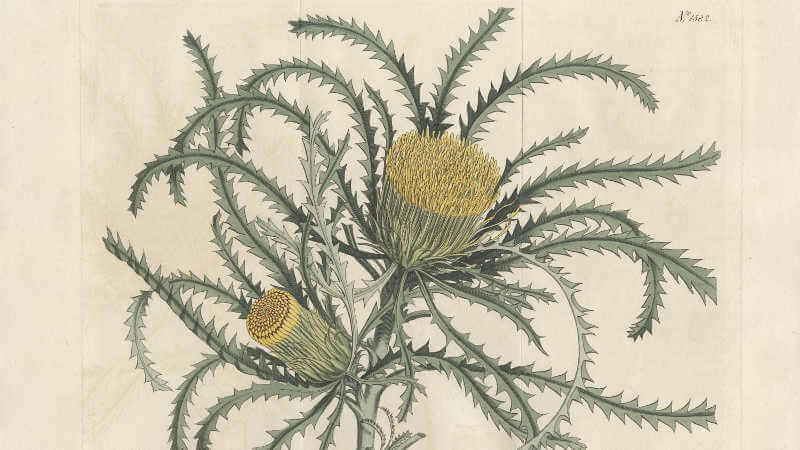
What is the role of the Daniel Solander Library and National Herbarium of NSW?
For more than 200 years the Royal Botanic Garden Sydney has advanced our understanding of plant life in NSW and Australia. The Daniel Solander Library itself began in 1852, about the same time that the Royal Botanic Gardens at Kew in London began theirs.
The National Herbarium of NSW contains over 1.43 million plant specimens. This includes 833 specimens collected by botanists Joseph Banks and Daniel Solander on their voyage to the Pacific with Cook in 1770. The botanical exploration of Australia paralleled the physical exploration of the continent: you can think of our library and herbarium as holding a record of the earliest European engagement with Australia.
But the Library doesn’t just collect books and journals on botany and related subjects. Our collections include archaeological artefacts, original paintings and illustrations, historic photographs, manuscripts, furniture, tools, maps, plans and charts and other treasures.
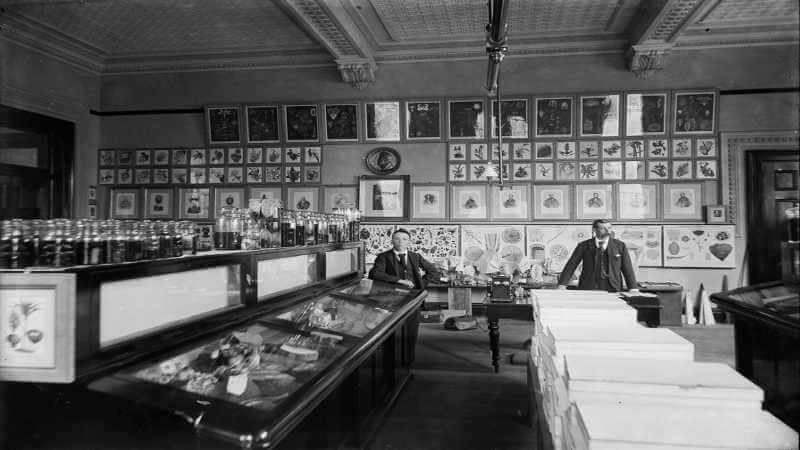
What are some of the iconic works and collections held in the Daniel Solander Library?
Highlights include our oldest book, a 1550 printed volume of Dioscorides Materia Medica, by a 1st century Greek physician and a trilogy of large folios published in the 1990s by the noted artist Celia Rosser illustrating all the genus Banksia.
Another important item is a small, unprepossessing, drab-green volume by none other than Charles Darwin himself! An original 1st edition, 1st printing of his ground-breaking On the Origin of species (1859). The book was given to the Director of the Garden at the time, Charles Moore, who corresponded with Darwin and answered multiple questions about the adaptation of British plants to Australia. The book has an inscription and is the only presentation copy in Australia.
There are also those works which are aesthetically pleasing, like Joseph Hooker’s Rhododendrons of Sikkim Himalaya, Nathaniel Wallich’s Rare Asian Plants and even masterpieces like Banks’s Florilegium. This is a set of 743 coloured plates reproduced from original engravings commissioned by botanist Joseph Banks, which illustrate some of the plant specimens collected by himself and Daniel Solander on Cook’s first voyage to the Pacific in 1770. There are also works from the very early colonial era such as the botanical paintings of Joseph Lycett, a convict artist sent to Australia for forgery but who later made a name for himself through his artistic talents.
We also have original botanical illustrations by Margaret Flockton; a turn-of-the century botanical illustrator who was the first professional illustrator employed by the Garden. During her time at the Garden, Margaret Flockton produced thousands of black and white and colour sketches, paintings and engravings of plants. Her work illustrated several major studies published by the Garden and today we are still finding her work squirrelled away inside the boxes of plant specimens she was illustrating.
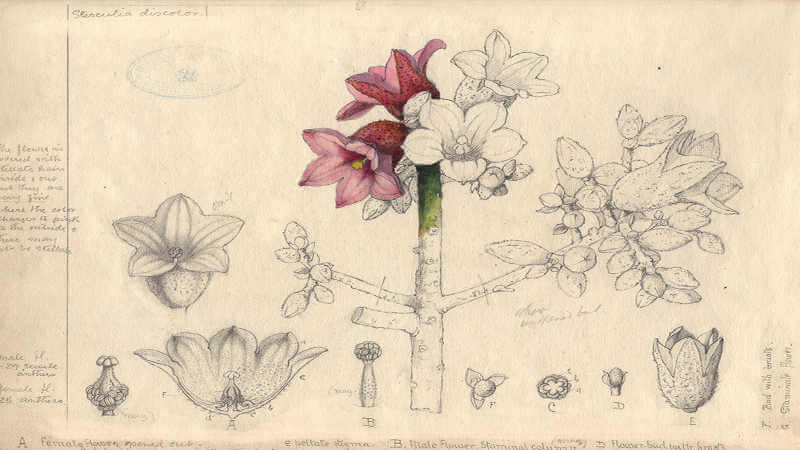
The Library also has other books which have the original handwriting of historical figures who were icons in the exploration of this land. A set of such books contains the handwriting of Ludwig Leichhardt on its pages. Other items in our collection also include herbals, which note the extensive use of plants in medicine. This includes the 1636 Herball or generale historie of plantes by John Gerard and journals of exploration such as those of Cook, Flinders, La Perouse, D’Entrecasteaux and Commodore Perry.
Also held in the Library are many old registers dating back as early as the 1820s, which document plants and seeds received and despatched to and from the Garden, as well as the correspondence that flowed from the pens of our botanists and Directors.
Amongst our shelves you will also find objects of historical interest such as the travelling case of our first Government botanist Alan Cunningham, who journeyed with Lieutenant. Oxley into the interior of the continent in the years 1816-1822.
There are also numerous archaeological specimens from the 19th century landfills in the Garden which contain anything from ceramics and glass bottles to clay pipes, coins and metal objects. We also have original manuscripts, diaries and correspondence, field notebooks of botanists and an enormous collection of old and contemporary photographs illustrating the history of the Garden.
It’s just the sort of eclectic mix of materials you would expect from the first scientific institution of this country, which has been at the centre of this country’s science, history and culture for so long.
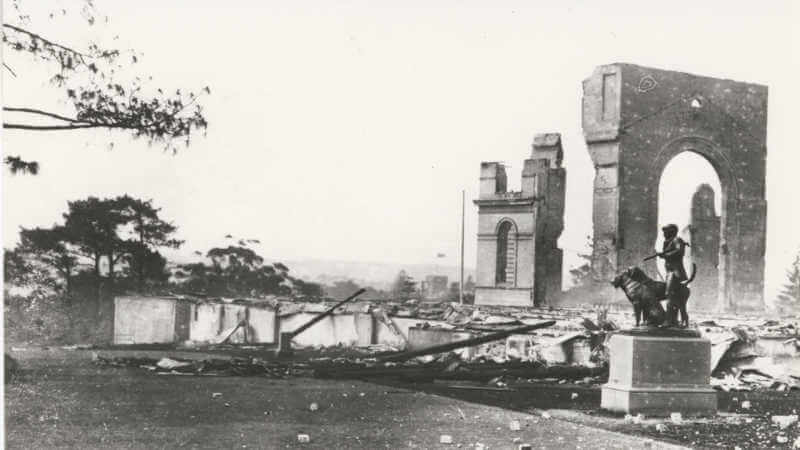
How are the collections in the Daniel Solander Library used today?
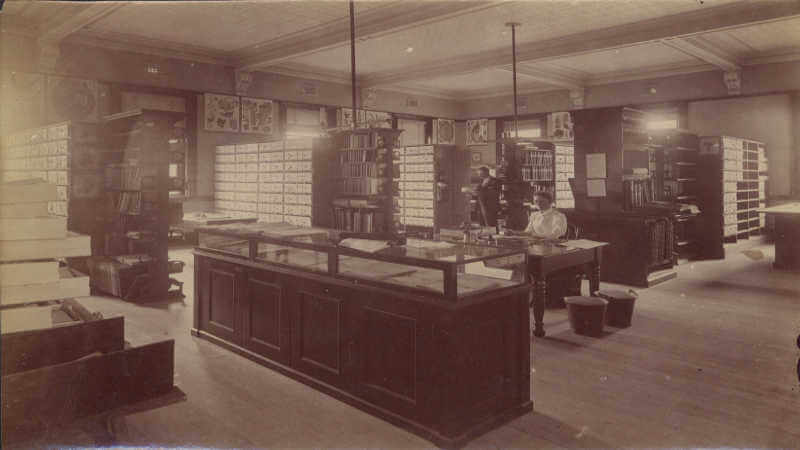
From the very beginning, the Garden has been providing information and education for people both here and abroad using both the Herbarium and Library collections. We have opened our doors to researchers, scientists, historians, authors, artists, documentary film makers and of course, members of the general public.
The collections of the Daniel Solander Library and National Herbarium of NSW work best when they are utilised together. For example, a researcher can study the botanical specimens collected by Banks and Solander in the Herbarium and then go to the Library and look at a copy of Banks’ Florilegium, which is a full colour illustrated record of specimens made when they were collected.
Discover more
The world-class collection of books, maps, journals, botanical illustrations and more are available through The Daniel Solander Library online catalogue.
Or learn more about The National Herbarium of NSW in the Branch Out podcast below.
Lycett lambertia 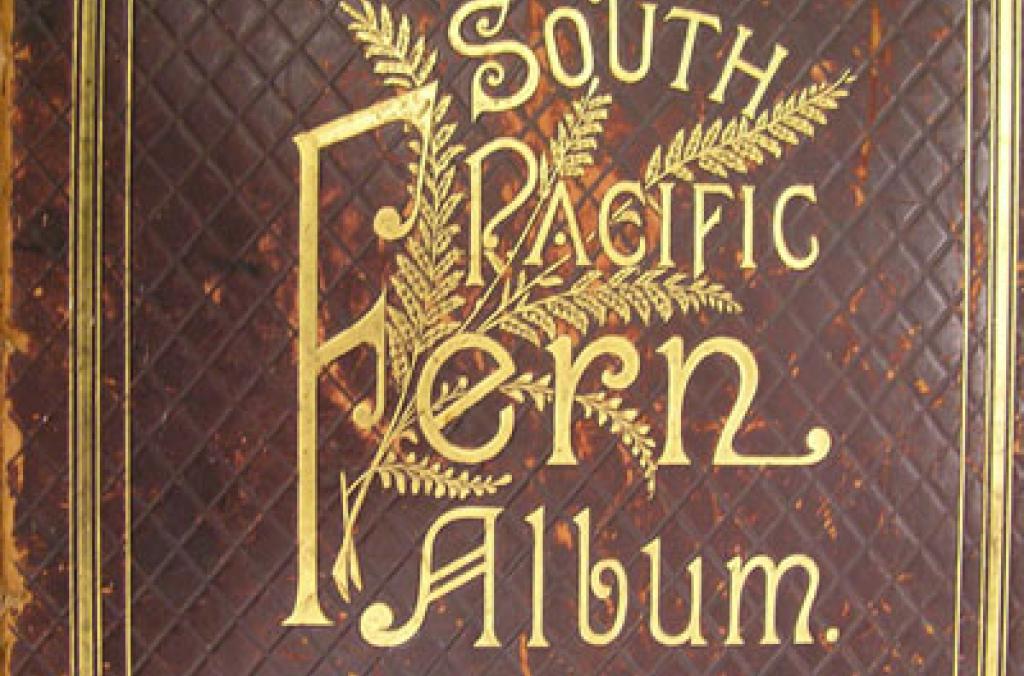
Lycett lambertia Fern collection inside the South Pacific Fern Album 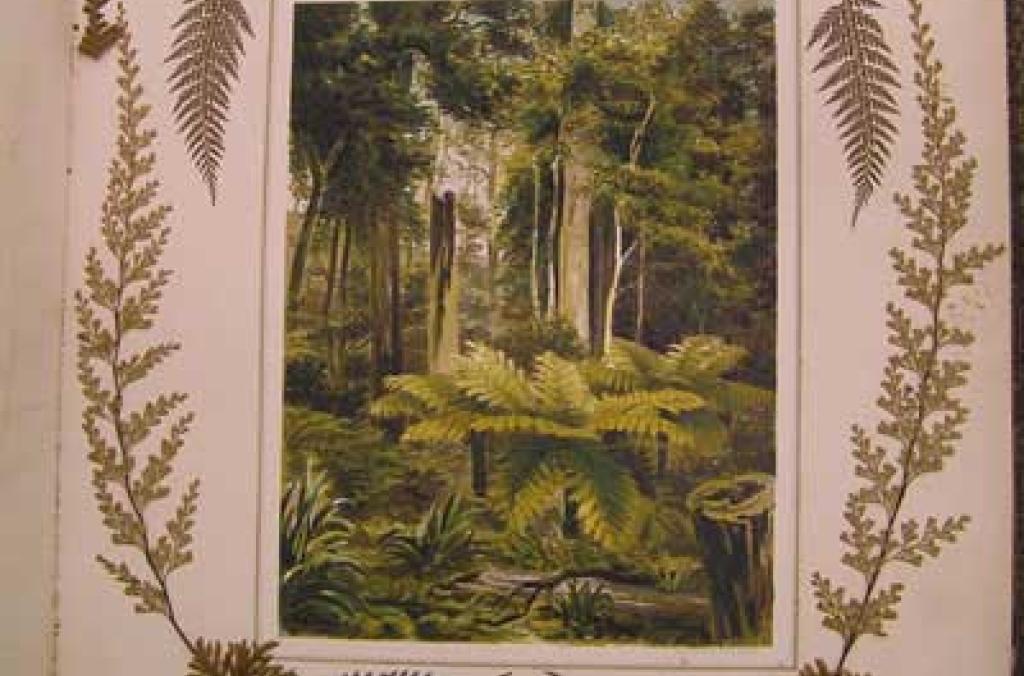
Fern Collection 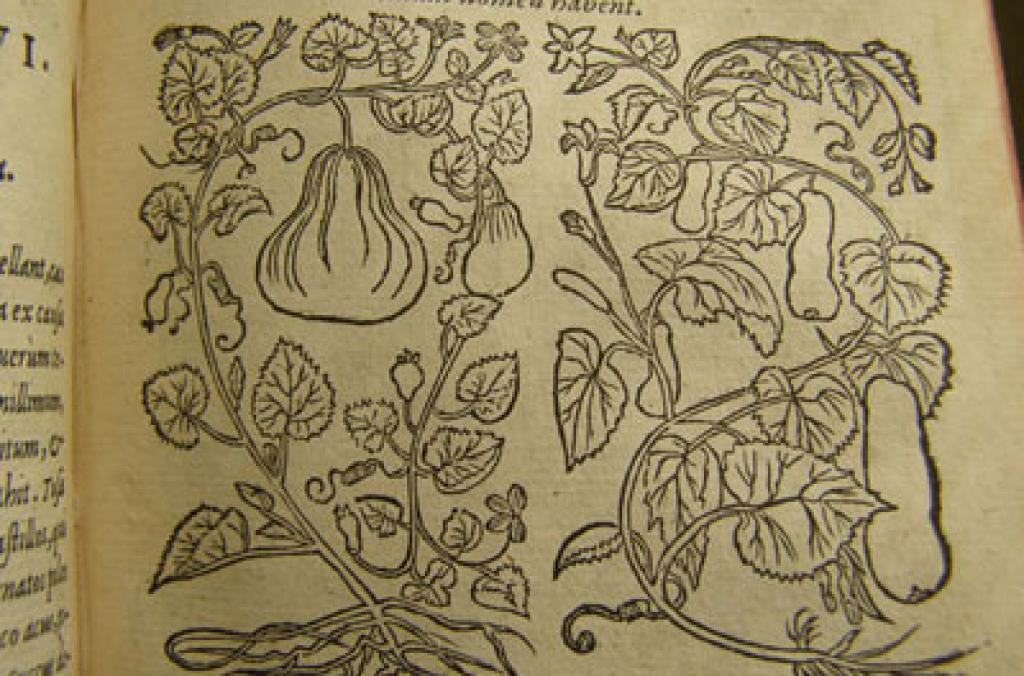
Dioscorides interiorin 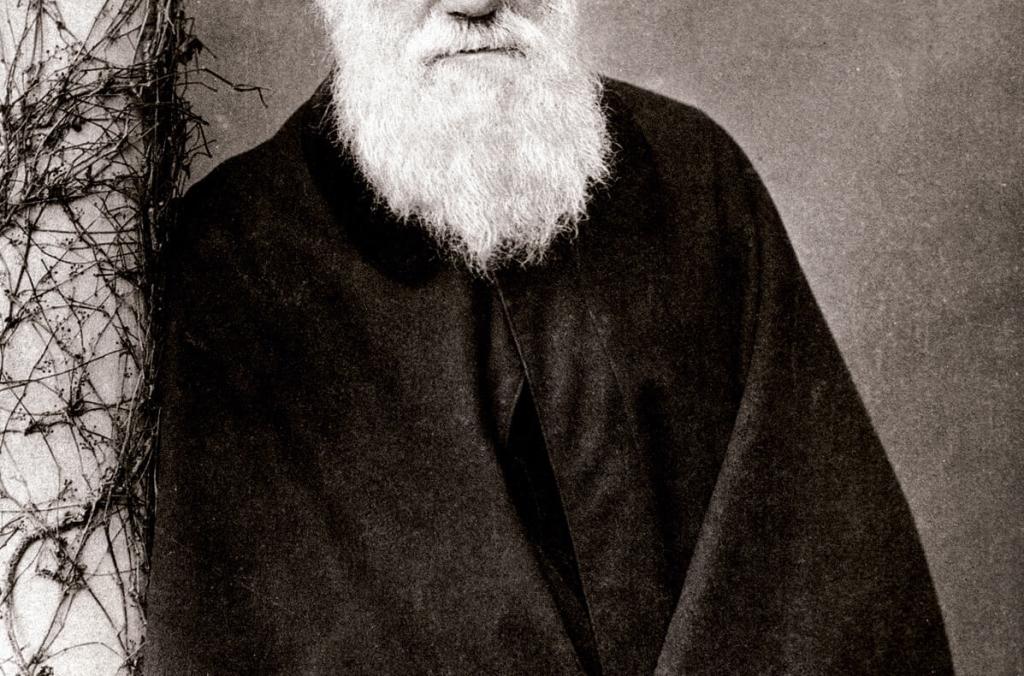
Charles Darwin in 1881 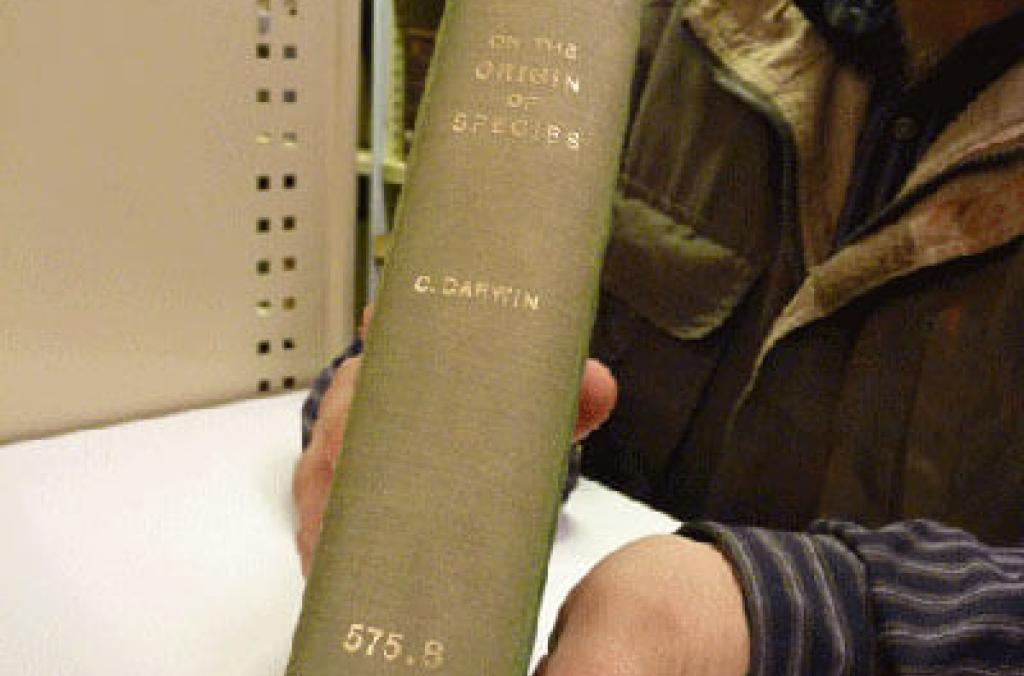
Darwin Origin of species 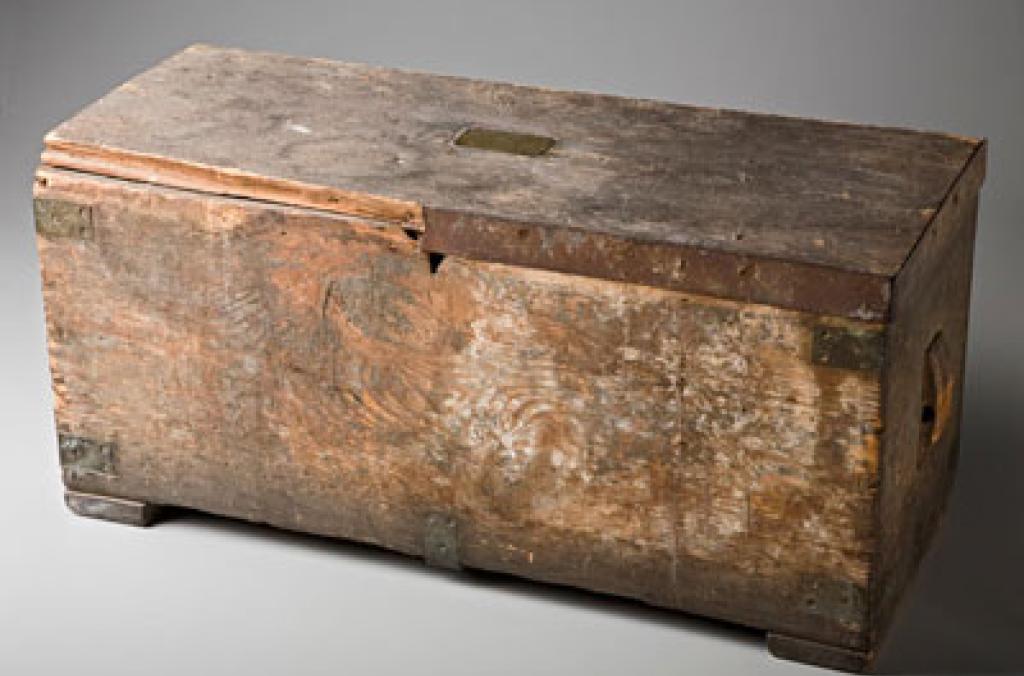
Cunningham 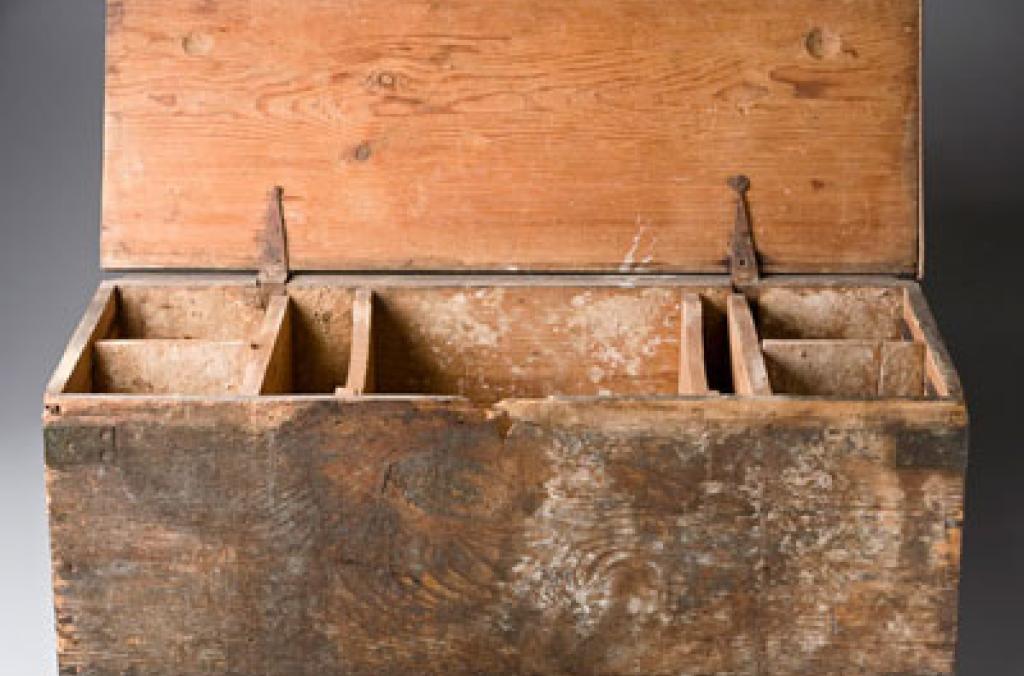
Canningham box Artefacts kept at the Daniel Solander Library 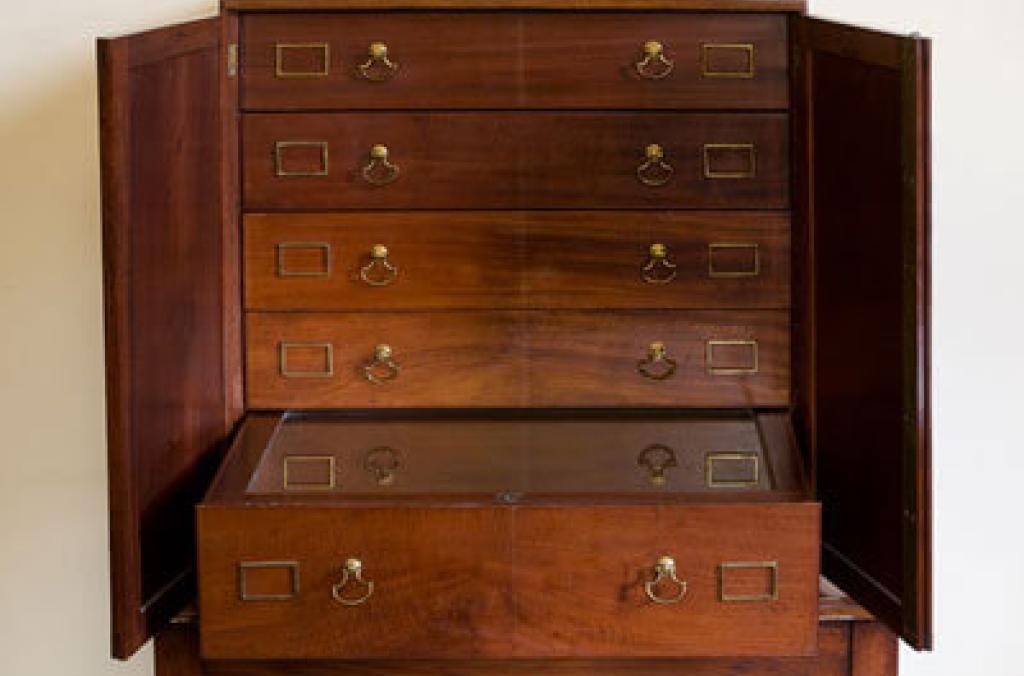
Botanist Joseph Bank's cabinet
Related stories
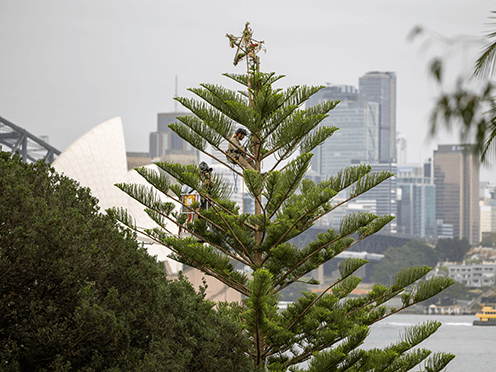
Discover the Royal Botanic Garden Sydney's very own "Christmas trees" - a festive trio of pretty pines from a lineage stretching all the way back to the time of the dinosaurs.
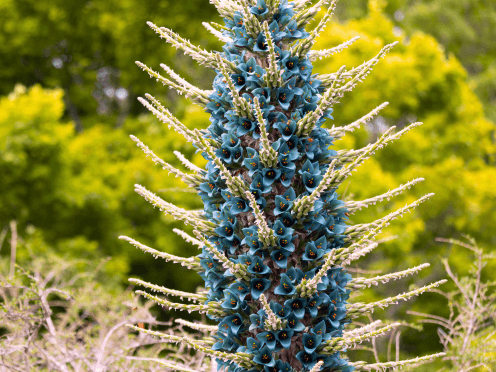
An extraordinary display of rare turquoise blooms are starting to flower at the Blue Mountains Botanic Garden Mount Tomah, with one species blooming for the first time ever.
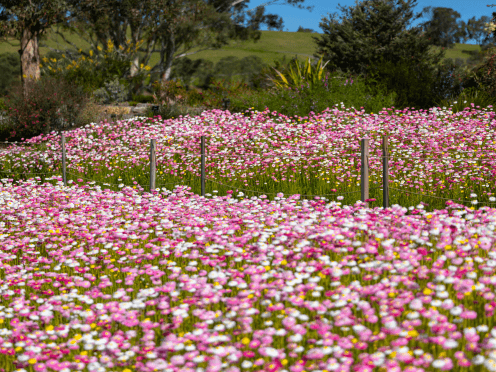
One of the largest paper daisy displays in eastern Australia is in flower at the Australian Botanic Garden Mount Annan.